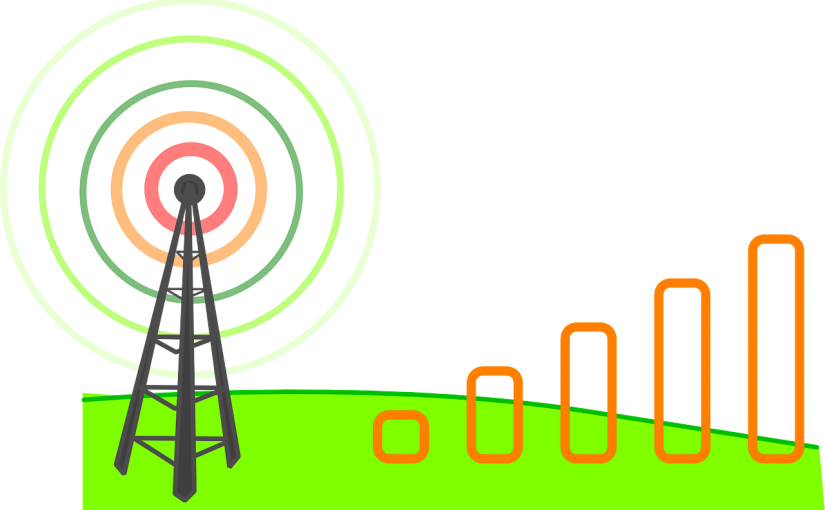The first step to finding the best Google Ads agency is researching. Look through reviews, ask for recommendations from peers or industry professionals and read up on any agencies you’re considering. You should also look into their work portfolio and see what campaigns they’ve run in the past. This can give you an idea of their experience, strategy, and capabilities in managing Google Ads campaigns.
Understand Your Goals
Before engaging with a Google Ads partner, understand your marketing goals. What do you want to achieve with your campaign? Are you looking to increase brand awareness or drive more sales? Do you need help crafting specific campaigns or want to outsource the entire process? A clear understanding of what you need to help with will ensure that the agency you select is best suited for your needs.
Evaluate Your Options
Once you’ve researched and understood your goals, it’s time to start evaluating potential agencies. First, look at their client list and any notable campaigns they’ve run in the past. Next, consider their pricing structure and ask for references from previous clients who have worked with them. You should also find out how long they have been in business, as this can indicate their experience level.
Compare Prices
When selecting any advertising partner, price is an important factor, so compare prices and services against other agencies to get the best deal. Consider not only the upfront fees but also whether they offer additional services, such as ongoing support or optimization of your campaigns.
Understand What You’re Getting
Finally, ensure that you understand exactly what you are getting from the agency regarding services and value for money. Ask questions about their processes and how they measure success. It’s important to understand what kind of results you can expect and how long it will take for those results to materialize. This will help ensure that you select an agency that is right for your business needs.
Negotiate Terms
Once you have selected an agency, don’t be afraid to negotiate the terms of your agreement. Ensure that the agency understands your goals and expectations and is willing to work within your budget. It’s also important to make sure that you have clear lines of communication so you can monitor progress and get timely updates on the performance of your campaigns.
By researching and understanding the type of results you’re looking for, you’ll be better equipped to find the best Google Ads agency for your needs. With a little bit of effort, you can ensure that you select a partner that is right for your business and provides excellent value for money.









